Speeches Shim
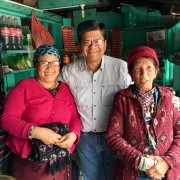
Mygrandfather was born in an impoverished Indigenous community in the Chimborazo province in the central Andean highlands of Ecuador. Home of the Puruwá nation, Chimborazo owes its name to the majestic snow-capped mountain, which at 6,310 meters (20,700 feet) above sea level is the country’s tallest. Ecuador is one of the poorest countries in Latin America, and Chimborazo is the poorest of all its 22 provinces. In the early 1900s, my grandfather left his community to work, study, and travel. He spent close to 18 years in Europe, and came back to Ecuador to raise a family in the port city of Guayaquil with the ability to speak six languages, including his native Quichua.
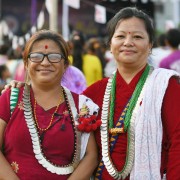
InNepal, a person’s last name identifies their native community and language. And so, when Stella Tamang introduces herself to others in Nepal with her full name, they know immediately that she is a member of the Tamang, one of Nepal’s largest indigenous groups and one of 59 formally recognized by the Government of Nepal. The Tamang are a marginalized group marred by acute poverty and illiteracy in the Helambu region — about 50 miles from Kathmandu.
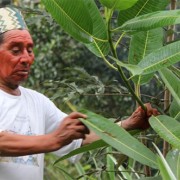
As nations and communities across the globe embark on the ambitious mission of reducing greenhouse gas emissions that contribute to climate change, Indigenous Peoples and traditional forest-dwelling communities represent important allies and guides. Forest-dependent communities have long served as effective guardians of forests, and have modeled key practices around sustainable land use and natural resource management, including the protection of a greater variety of forest types within their territories as compared with other protected areas[1]. Nonetheless, the knowledge and benefits contributed by these communities have often gone unnoticed or undervalued.
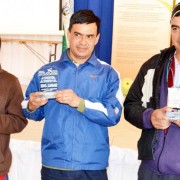
Honey lovers should know that they have something in common with Ramon Chevugi, a member of the Kuetuvy indigenous community in one of the most remote corners of Paraguay. Unlike most people however, Ramon doesn’t go to the supermarket to buy honey. He finds it in the forest and takes it directly from nature. Ramon’s ancestors were hunters and collectors in the fertile lands and abundant forests of Paraguay. Like the other members of the Ache tribe, Ramon used to go deep into the thick forest near his community looking for trees with beehives. After long hours, even days, of searching for this sweet delight, Ramon and the other men in his community would ultimately find a beehive.

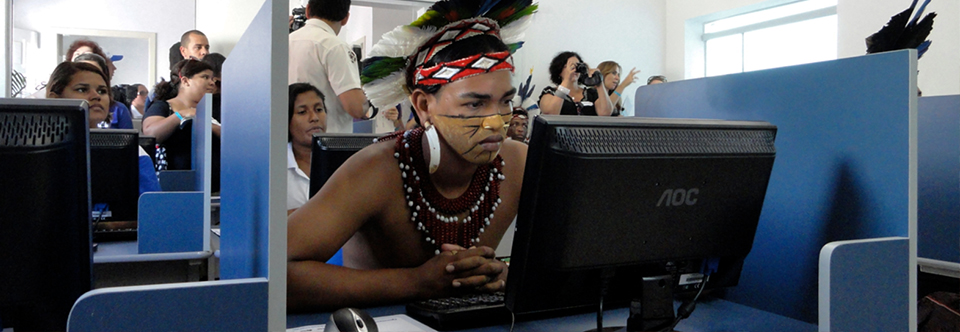
Comment
Make a general inquiry or suggest an improvement.